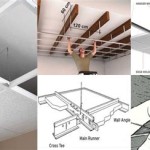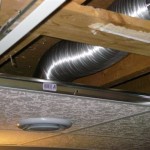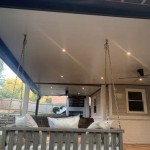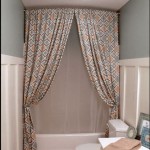Suspended Ceiling Meaning In Construction
A suspended ceiling, also known as a drop ceiling or false ceiling, is a secondary ceiling hung below the main structural ceiling of a room or space. It consists of tiles or panels suspended from a grid system attached to the main ceiling. Suspended ceilings offer a multitude of benefits and have become a popular solution in both commercial and residential settings.
Purpose and Benefits:
The primary purpose of a suspended ceiling is to conceal unsightly elements such as electrical wires, HVAC ducts, and plumbing pipes. They create a clean and finished look, enhancing the aesthetics of the space. Additionally, suspended ceilings offer several other benefits, including:
Types of Suspended Ceilings:
There are several types of suspended ceilings available, each with its unique characteristics and applications:
Materials and Finishes:
Suspended ceilings can be made from various materials, including mineral fiber, gypsum, and metal. They come in a wide range of finishes, textures, and colors, allowing architects and designers to match the ceiling to the overall design aesthetic of the space.
Maintenance and Replacement:
Suspended ceilings generally require minimal maintenance. Regular dusting or vacuuming is sufficient to keep the tiles clean. However, if tiles become damaged or stained, they can be easily replaced without affecting the rest of the ceiling.
Applications:
Suspended ceilings are suitable for a wide range of applications, including:

What Is A Suspended Ceiling

Suspended Ceilings What Are They And Why Should You Install Them

Suspended Ceilings Acoustic Ceiling Tiles Panels Archtoolbox

Section 2 Definitions

An Architect S Guide To Suspended Ceilings Architizer Journal

Suspended Ceilings What Are They And Why Should You Install Them

Suspended Ceilings Vs Exposed Comparison Overview

Types Of Ceiling Used In Building Construction And Their S

What Is A Suspended Ceiling Www Plasterwholers Com Au

Types Of Suspended Ceiling Systems Designing Buildings
Related Posts








